
This picture, along with three other works of Paolo, hanging on the opposite wall in the gallery building of Dresden, is one series. All four works were written in 1571 by the order of the Venetian family of the patricians of Cuchina, until 1645 they were in the palace of this family in Venice, from which the paintings were acquired for the Modena collection, and then they were already in Dresden.
The picture is clearly divided into two parts: the left third is seated on the throne of the Madonna with a child, surrounded by John the Baptist with a flag and a lamb and Saint Jerome with a book, a lion and an angel. This half of the work goes back to the titian “Madonna of Pesaro” in 1526, the asymmetric composition of which Veronese used more than once, in this case the members of the Kuchchin family “inhabit” it on the right. Two-thirds of the picture is given to this family, humbly approaching on their knees to the Madonna, accompanied by three female allegorical figures of the basic Christian virtues – Faith in white robes with a goblet in hand, Hope in green and Christian Love Caritas, in red.
Two marble columns, like a wall, sharply divide the celestial and terrestrial spheres. Represented closer to this border, as if listening to the inner voice, waiting for a message from another world. Senior Kuchchina, head of the family. Zuannantonio, standing full-length next to the column, his brother Alvise with his wife Zuana and seven children is depicted kneeling, the youngest child Alvise is holding in her arms the right-handing maid. Faith, Hope and Caritas are especially concerned about Antonio, the younger brother of the Cuccin family, kneeling at a distance.
A relaxed-moving composition, rhythmically divided, as in the drawing, and in color, showing Veronese on top of his creative abilities. In the same space, the artist arranged both religious figures and members of the Kuchchin family on an equal footing, unfolding before our eyes a picture of not only the wealth and pride of the Venetian patricians of the mid-16th century, but also their piety.
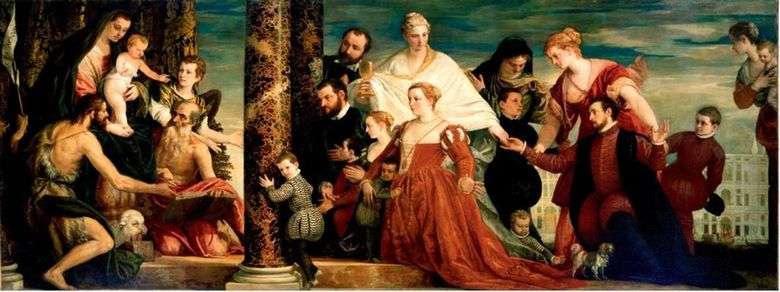 Madonna y la familia Kuchchin – Paolo Veronese
Madonna y la familia Kuchchin – Paolo Veronese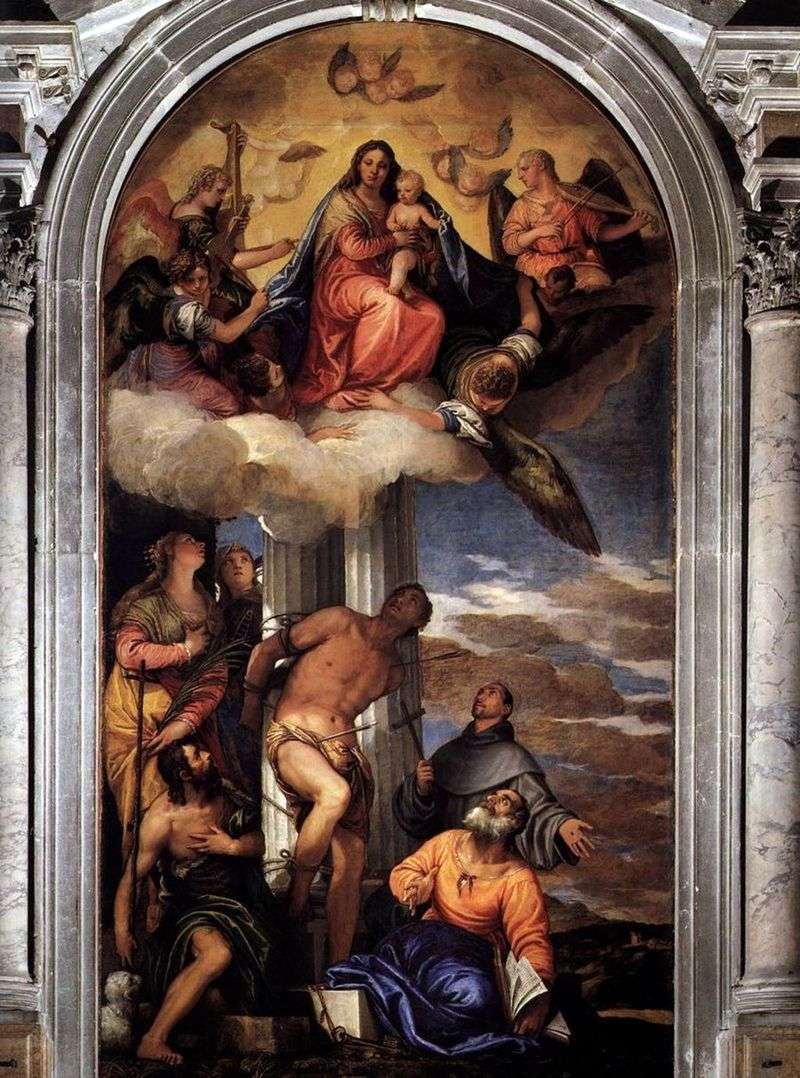 Madonna in glory with Saint Sebastian and other saints by Paolo Veronese
Madonna in glory with Saint Sebastian and other saints by Paolo Veronese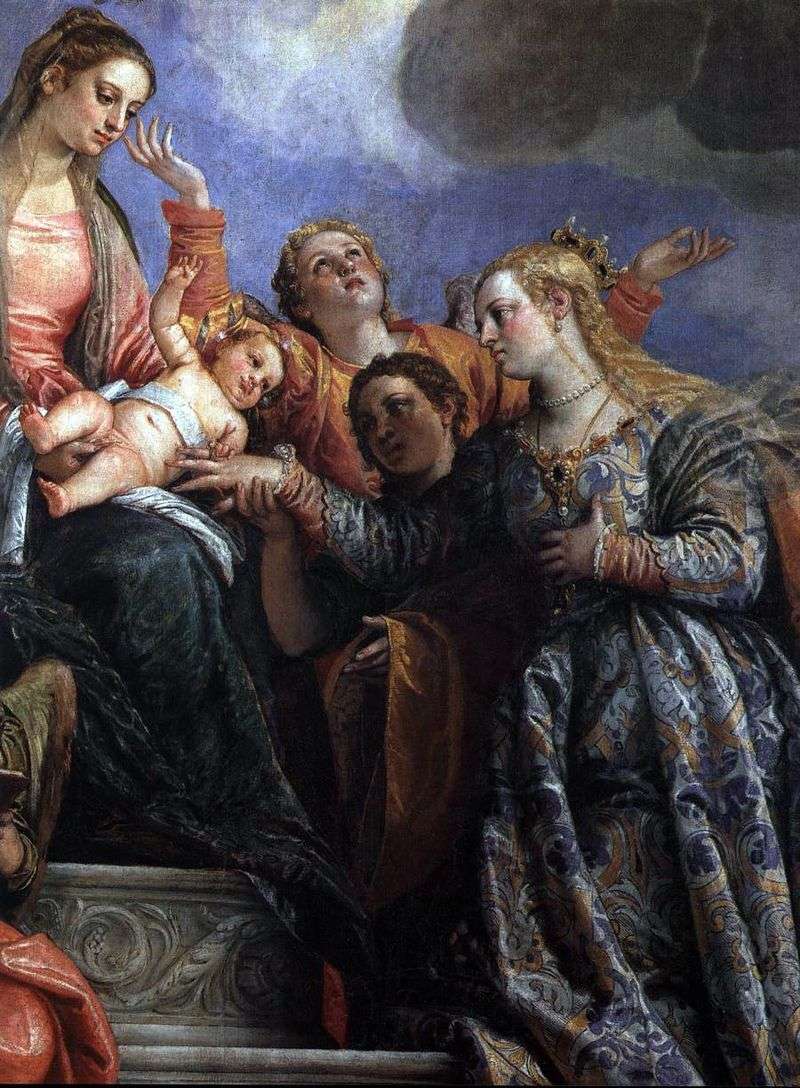 Betrothal of St. Catherine by Paolo Veronese
Betrothal of St. Catherine by Paolo Veronese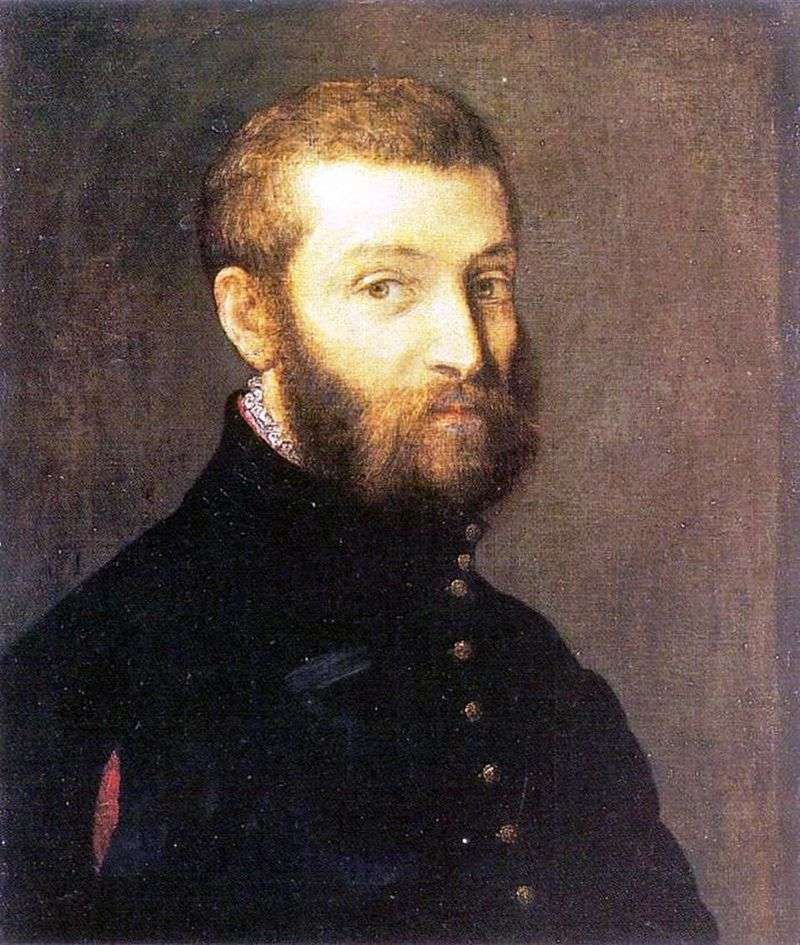 Self-portrait by Paolo Veronese
Self-portrait by Paolo Veronese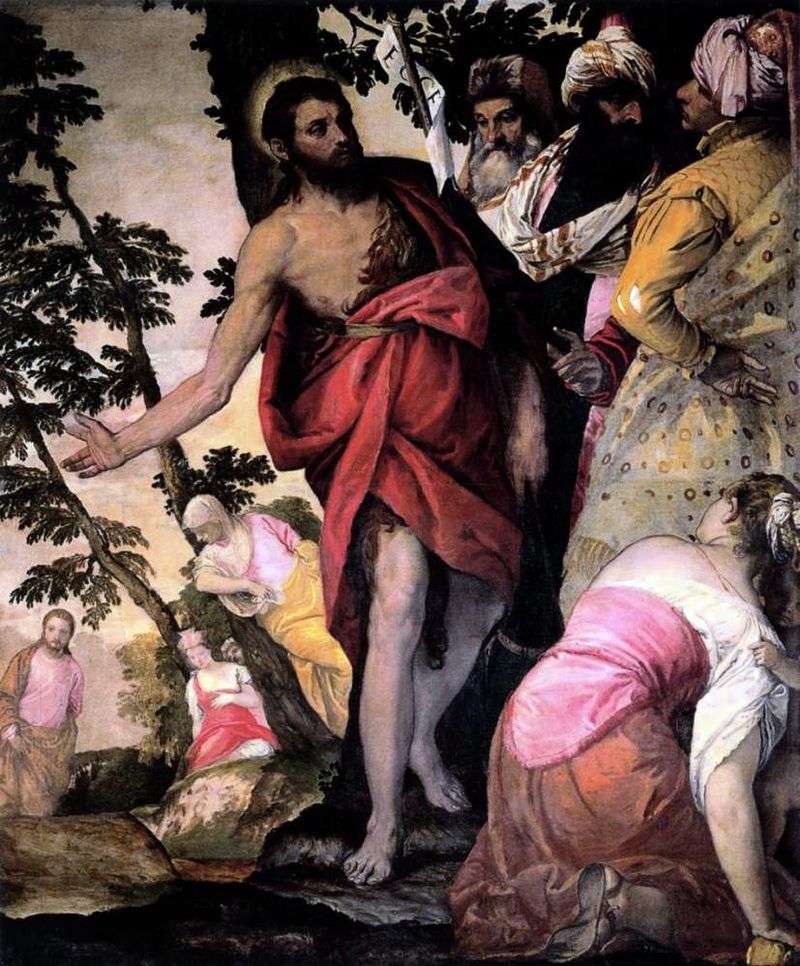 The preaching of John the Baptist by Paolo Veronese
The preaching of John the Baptist by Paolo Veronese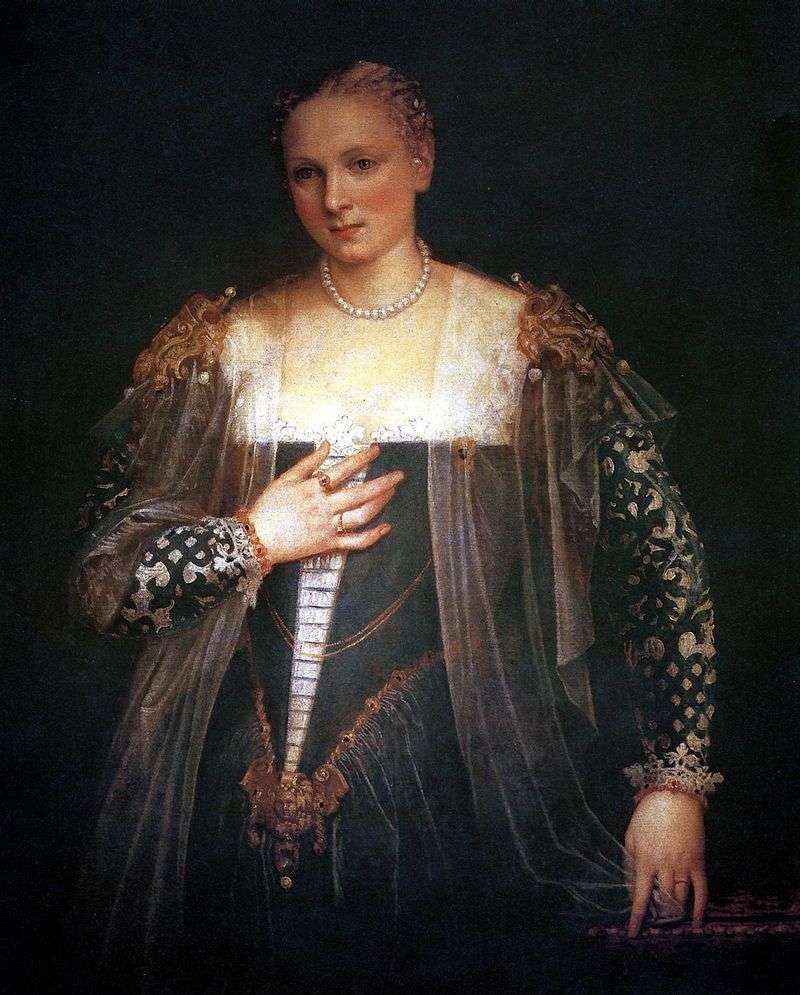 Beauty Nani by Paolo Veronese
Beauty Nani by Paolo Veronese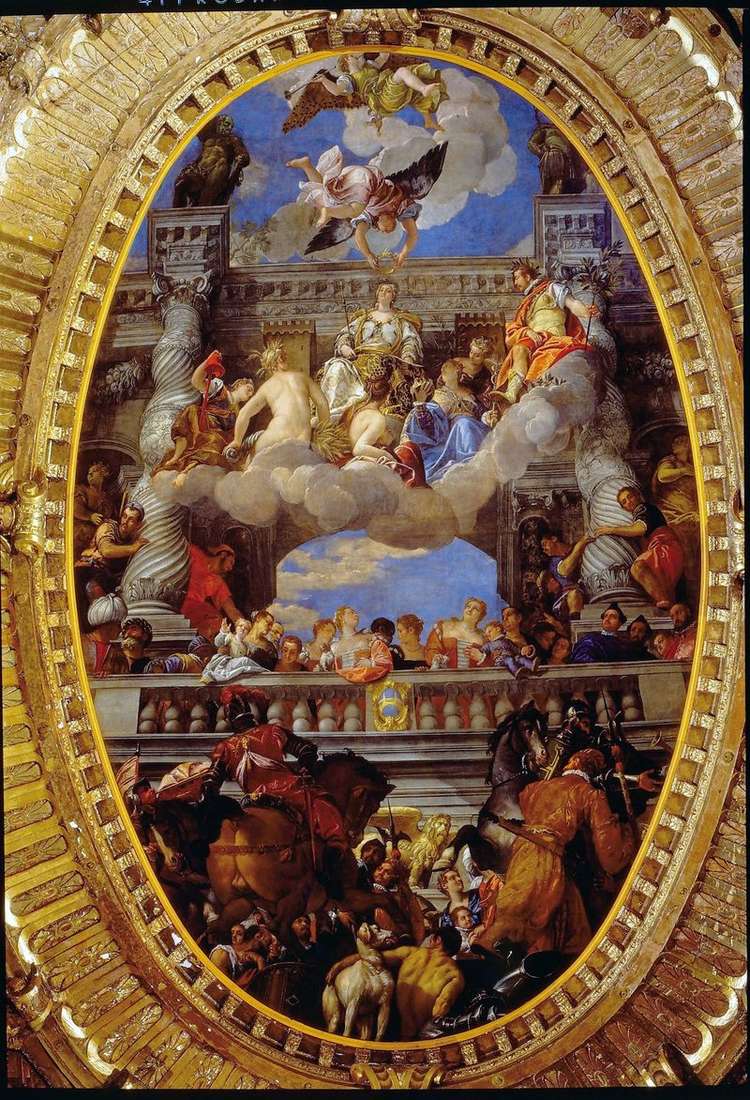 The Triumph of Venice by Paolo Veronese
The Triumph of Venice by Paolo Veronese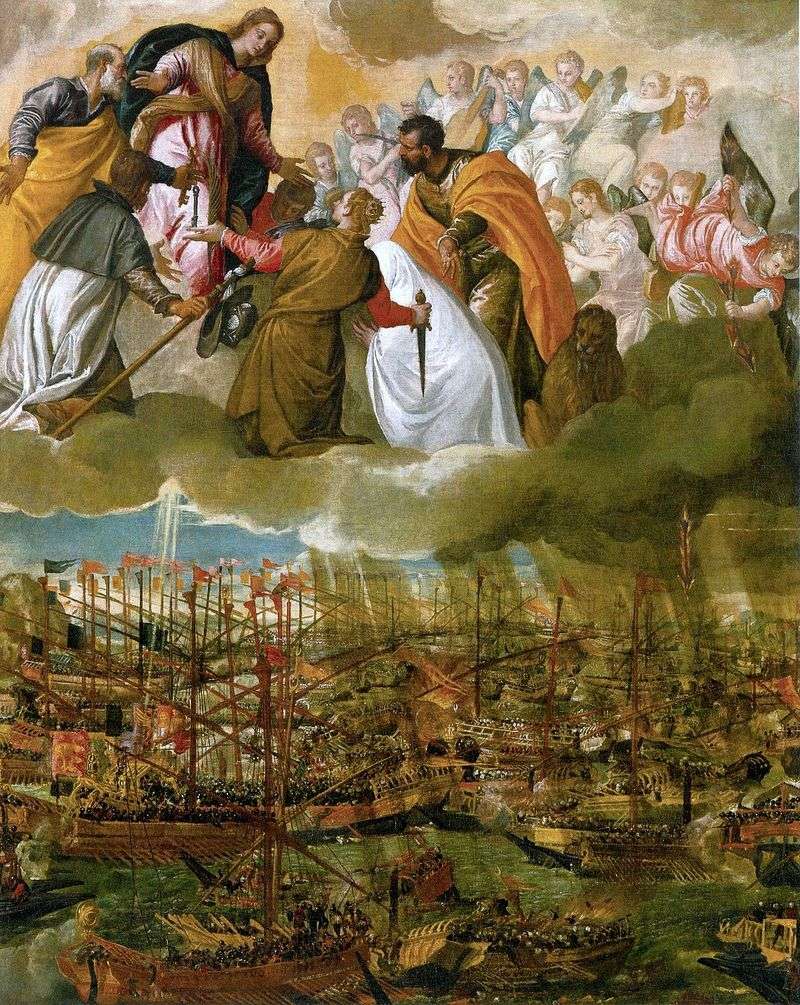 Allegory of the Battle of Lepanto by Paolo Veronese
Allegory of the Battle of Lepanto by Paolo Veronese